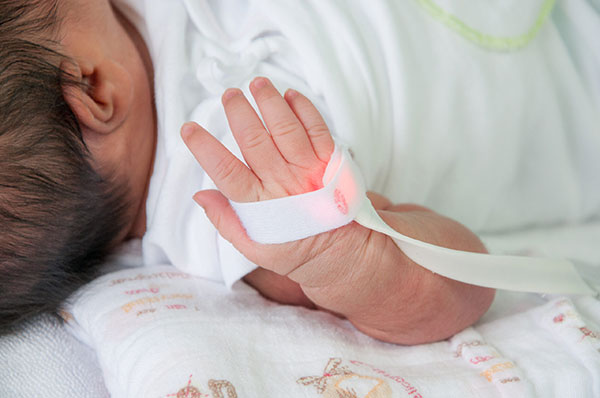Neonatal/Pediatric Cardiology
Neonatal & Paediatric Echocardiography
Echocardiography is the most common test used in children to diagnose or rule out heart disease and also to follow children who have already been diagnosed with a heart problem. This test can be performed on children of all ages and sizes including fetuses and newborns.


Screening of Congenital Heart Disease
Newborn screening for critical CHDs involves a simple bedside test called pulse oximetry. This test estimates the amount of oxygen in a baby’s blood. Low levels of oxygen in the blood can be a sign of a critical CHD. The test is done using a machine called a pulse oximeter, with sensors placed on the baby’s skin.
Congenital Heart Disease
Treatment of congenital heart defects in children depends on the specific heart problem and how severe it is. Some congenital heart defects don’t have a long-term effect on a child’s health. They may safely go untreated. Other congenital heart defects, such as a small hole in the heart, may close as a child ages. Serious congenital heart defects need treatment soon after they’re found.


Paediatric Heart Failure
In the clinical setting, ensuring an accurate diagnosis and defining etiology is essential to optimal treatment. Diuretics and angiotensin-converting enzyme inhibition are the first-line therapies, whereas beta-blockers and devices for electric therapy are less used in children than in adults.
